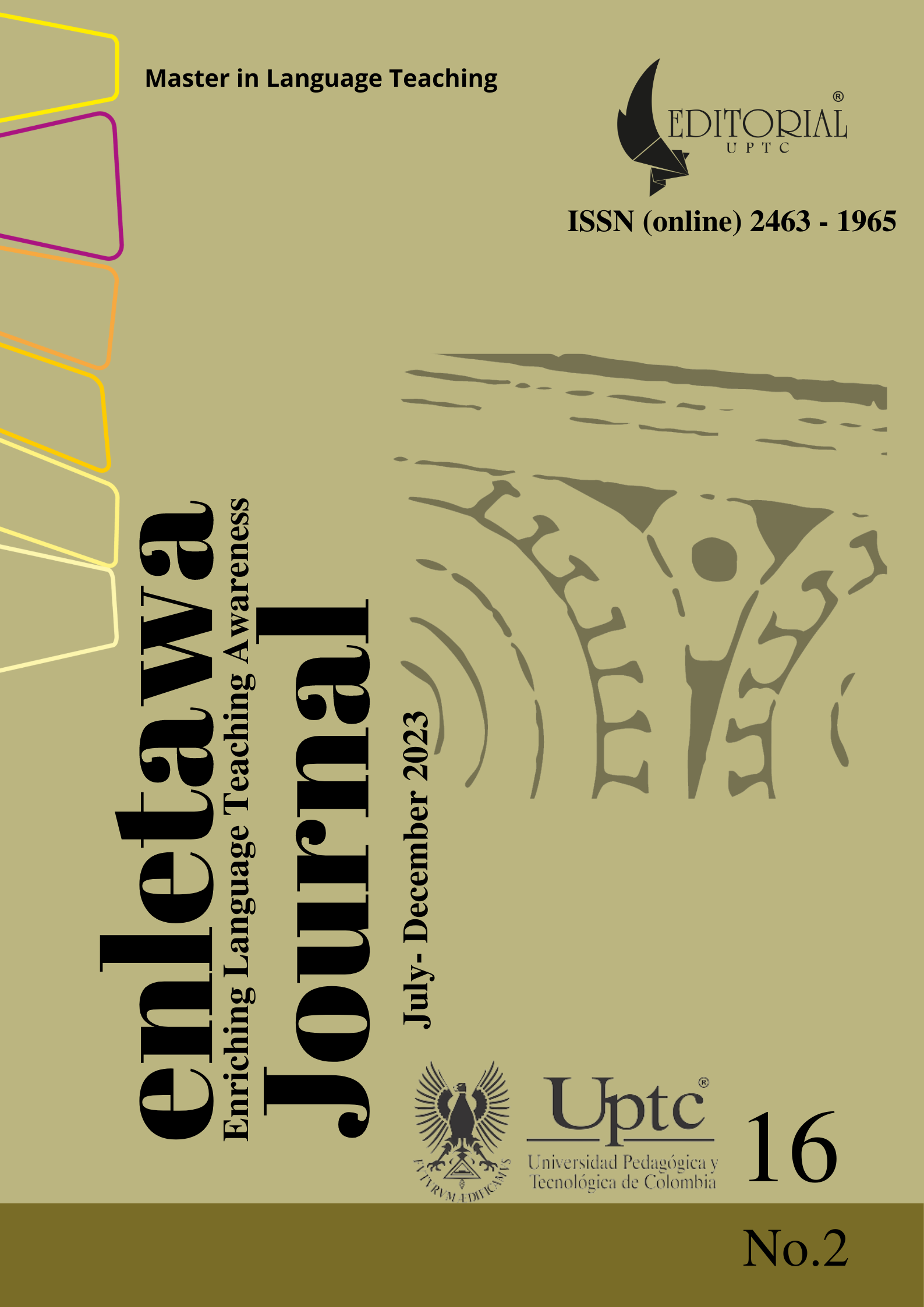Examining Braille Material and its Support in the Academic Process

Abstract
This paper intended to analyze whether the library resources available for visually impaired students supported their academic process. In order to examine this issue, surveys and semi-structured interviews were conducted to cover the different perspectives and the familiarity of students with functional diversities, the teachers responsible for them, and the librarians in regard to these materials. Additionally, a document analysis was implemented to count the number of braille resources, classify, and collect data about accessibility and content that this material provides. The preliminary results displayed that the library has a lack of braille books in accordance with the number of blind students from different faculties that the same possesses. The following article discusses the implications this issue has for the academic process.
Keywords
inclusive education, braille, public library, social inclusion
Author Biography
Nicolás Andrés Candia Roa
She is a modern languages student with a research focus on inclusion, specifically the experiences of visually impaired students. Universidad Nacional de San Juan
Karen Dayan Niño Rodriguez
She is a modern languages student with a research focus on inclusion, specifically the experiences of visually impaired students. Universidad Nacional de San Juan
References
- Acuerdo 015 del 2021 (April 9, 2021). El Consejo Superior de la Universidad Pedagógica y Tecnológica de Colombia. http://www.uptc.edu.co/secretaria_general/consejo_superior/acuerdos_2021/Acuerdo_015_2021.pdf
- Cedeño, A. (N.D). Colombia, hacia la educación inclusiva de calidad. Ministerio de Educación Nacional.
- Cohen, L., Manion, L., & Morrison, K. (2007). Research methods in education. New York: Routledge. Retrieved from https://islmblogblog.files.wordpress. com/2016/05/rme-edu-helpline-blogspot-com.pdf DOI: https://doi.org/10.4324/9780203029053
- Correa, J., Bedoya, M., Vélez, L., Gaviria, P., Agudelo, A., Velandia, M., Piedrahita, M. (2008). construyendo capacidad institucional para la atención a la diversidad convenio ministerio de educación nacional – tecnológico de antioquia.
- Duarte, T. R., Tederixe, L. C., Pinho, T. M. M., Delou, C. M. C., Fernandes, E. M., & Lima, N. R. W. (2020). Braille Material Production for Special Education Teachers. Creative Education, 11, 652-673. https://doi.org/10.4236/ce.2020.115049 DOI: https://doi.org/10.4236/ce.2020.115049
- Harrell, M. and Bradley, M. (2009). Data Collection Methods: Semi-Structured Interviews and Focus Groups. RAND. https://www.researchgate.net/publication/235018870_Data_Collection_Methods_SemiStructured_Interviews_and_Focus_Groups#:~:text=Semi%2Dstructured%20face%2Dto%2D,Harrell%20and%20Bradley%2C%202009%20).
- Hernández-Sampieri, R., & Mendoza, C. P. (2018). Metodologìa de la Investigaciòn. Las rutas Cuantitativa Cualitativa y Mixta. Universidad tecnológica laja Bajio (pp. 1–753). http://repositorio.uasb.edu.bo:8080/handle/54000/1292
- Instituto Nacional para Ciegos [INCI]. Resolución No. 20191200001433. https://www.inci.gov.co/sites/default/files/transparenciaok/4-normatividad/422019/Resoluci%C3%B3n%20dotaci%C3%B3n%20No%2020191200001433%20Junio%202019.pdf
- Krippendorff, K. (2018). Content analysis: An introduction to its methodology. Sage publications. DOI: https://doi.org/10.4135/9781071878781
- Merriam, S. B. (1988). Case study research in education: A qualitative approach. Telemedicine Journal and eHealth (Vol. 1, p. 226).
- Ministerio de Salud y Protección Social Oficina de Promoción Social. (2018). Sala situacional de las Personas con Discapacidad [PCD]. https://www.minsalud.gov.co/sites/rid/Lists/BibliotecaDigital/RIDE/DE/PS/sala-situacional-discapacidad-junio-2018.pdf
- Murillo, J., Duk, C. (2016). La Inclusión como Dilema. Revista Latinoamericana de Educación Inclusiva, 2016, 10(1), 11 DOI: https://doi.org/10.4067/S0718-73782016000100001
- Parada, A. (2017). Bibliotecas e inclusión. Universidad de Buenos Aires, Facultad de Filosofía y Letras, Instituto de Investigaciones Bibliotecológicas-INIBI, Argentina.
- https://www.academia.edu/40178750/_Alejandro_E_Parada_Bibliotecas_e_inclusi%C3%B3n_
- Peix, S. (2018) Inclusive Libraries: Architecture, Services, Library Collections and Training Combine in an Accessibility Project in the Libraries of Catalonia. https://library.ifla.org/id/eprint/2263
- Romañach J, y Lobato M. (2005).Diversidad Funcional, nuevo término para la lucha por la dignidad en la diversidad del ser humano. Foro de Vida Independiente; P 5.
- Rosado-Castellano, F.; Sánchez-Herrera, S.; Pérez-Vera, L.; Fernández-Sánchez, M.J. Inclusive Education as a Tool of Promoting Quality in Education: Teachers’ Perception of the Educational Inclusion of Students with Disabilities. Educ. Sci. 2022, 12, 471. https://doi.org/10.3390/ educsci12070471 DOI: https://doi.org/10.3390/educsci12070471
- The United Nations World Summit for Social Development, March 6-12, 1995, https://www.msd.govt.nz/about-msd-and-our-work/publications-resources/journals-and-magazines/social-policy-journal/spj04/04-the-united-nations-world-summit-for-social-developemt.html
- Valbuena, M., Ramiréz, L., Mendoza, W. (2020). REFERENTES PARA UNA BIBLIOTECA CENTRO DE GESTIÓN ADMINISTRATIVA INCLUSIVA EN EL CGA. Sistema de Bibliotecas Repositorio institucional, Servicio Nacional de Aprendizaje (SENA). ISBN : 978-958-15-0574-6
- Williams, C. (2007) Research Methods. Journal of Business & Economic Research, 5, 65-72.
- Wong Woei Ling. (2017). A PROPOSITION FOR AN INCLUSIVE SOCIETY FOR THE DEAF. Proceedings of International Conference on Special Education, 2. Retrieved from https://publication.seameosen.edu.my/index.php/icse/article/view/104